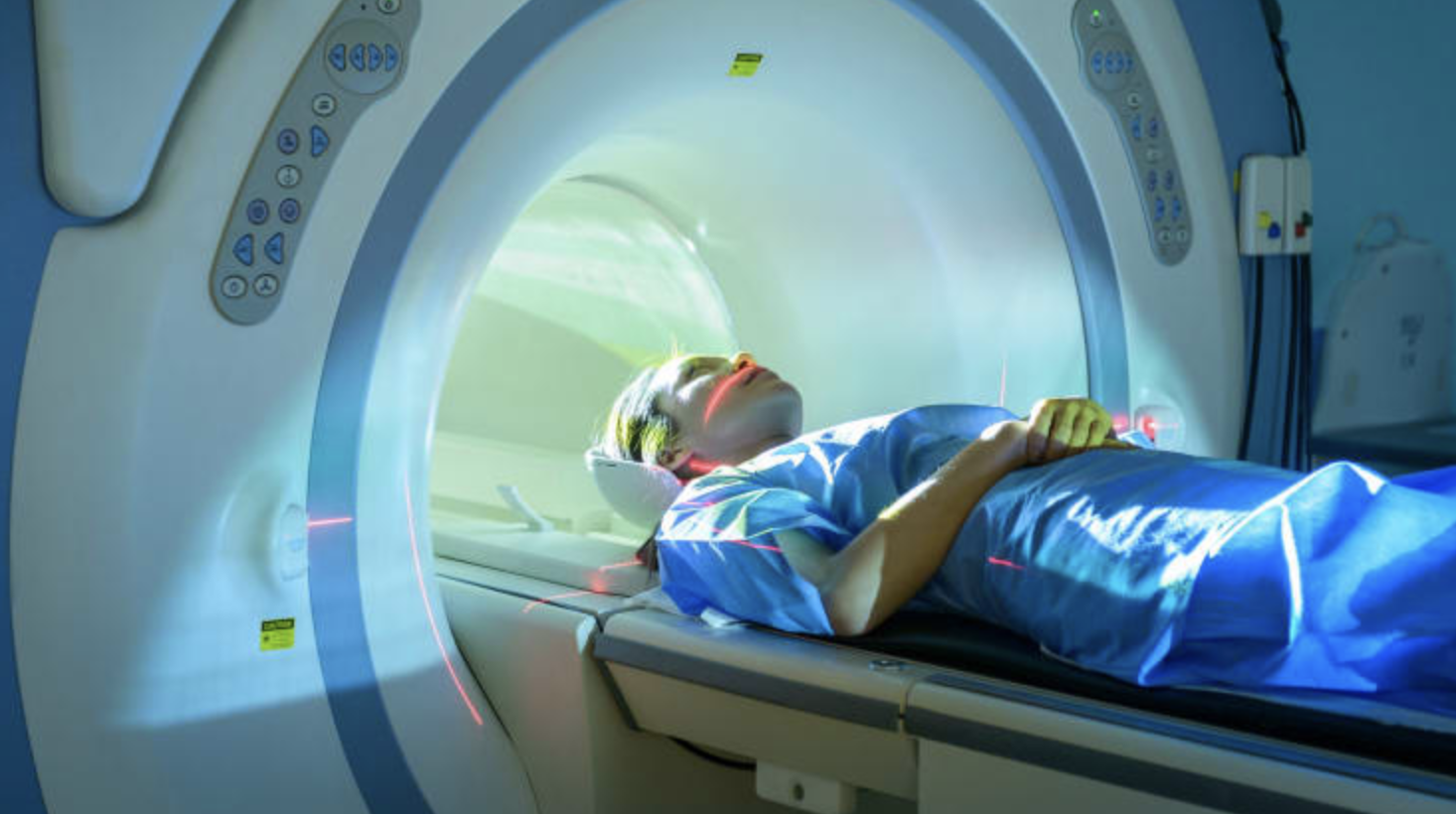


This article is great because it analyses hypnosis from a neuroscience perspective.
It discusses research done at The Stanford School of Medicine, which used brain imaging to see what changes are actually happening in the brain during hypnosis.
In summary, they found changes in 3 areas of the brain during hypnosis:
I was a ‘victim’ of this before studying RTT – I paid little attention to the feeling sensations in my body, I only attended to the interpretation of the feeling in my head – this can actually prevent true understanding and healing.
“This shows hypnosis is not a magic show. It is a neurobiological phenonomen”
Before I studied RTT, I did actually think hypnosis was about getting people to act like a chicken on a stage – haha – now I know from practicing RTT, this couldn’t be further from the truth. It is great for the cynics among us to know the neuroscience backs this up too!